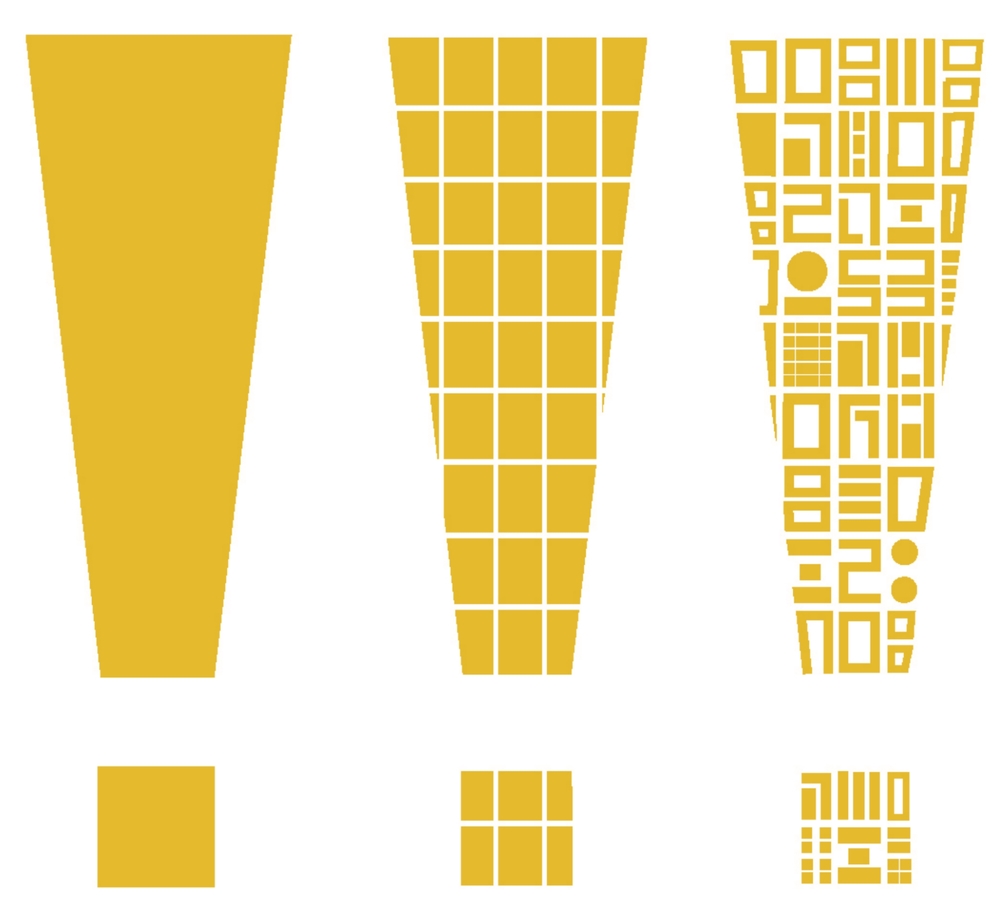Delhi is facing a 36% population increase, from 21 million to over 28 million people, in the next decade. If the city maintains its current zonal planning methods and its swath based appreciation of heritage, it will continue to develop itself into a further segregated, inaccessible, and inequitable city. Our project addresses this issue from the top down; engaging with the stake holders who can create change, with a radical rethinking of Delhi’s planning methods. We seek to develop a strategic planning method that is reactionary and flexible. It is dynamic, based on prospective changes and allows neighborhoods to maintain a unique identity while simultaneously becoming a piece of a larger orchestrated system within the city. This project is a critique, and a critical rethinking, of the way Delhi plans its city and the way its physical environment manifests itself. The City, and the Delhi Development Authority (DDA), has plans and projects under construction in the south of New Delhi, in Kidwai Nagar. These developments, which result from their planning methods are single use, monotonous, disorienting, and placeless spaces. DDA’s proposal, and the Kidwai Nagar neighborhood, is the cities test site, once deemed successful this development will be replicated throughout the city in the Government housing districts. This development opportunity is the jumping point . How can we redirect and guide the incoming growth in a better, more cohesive and spatial successful way.
CREDITS:
Design Team: Tyler Cukar, Zuhal Kuzu, Adi Efraim
